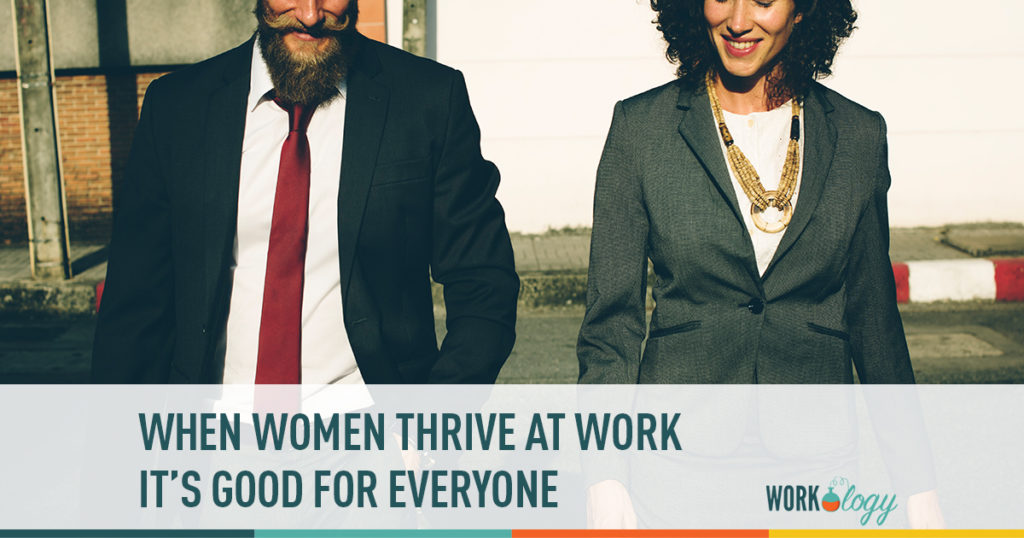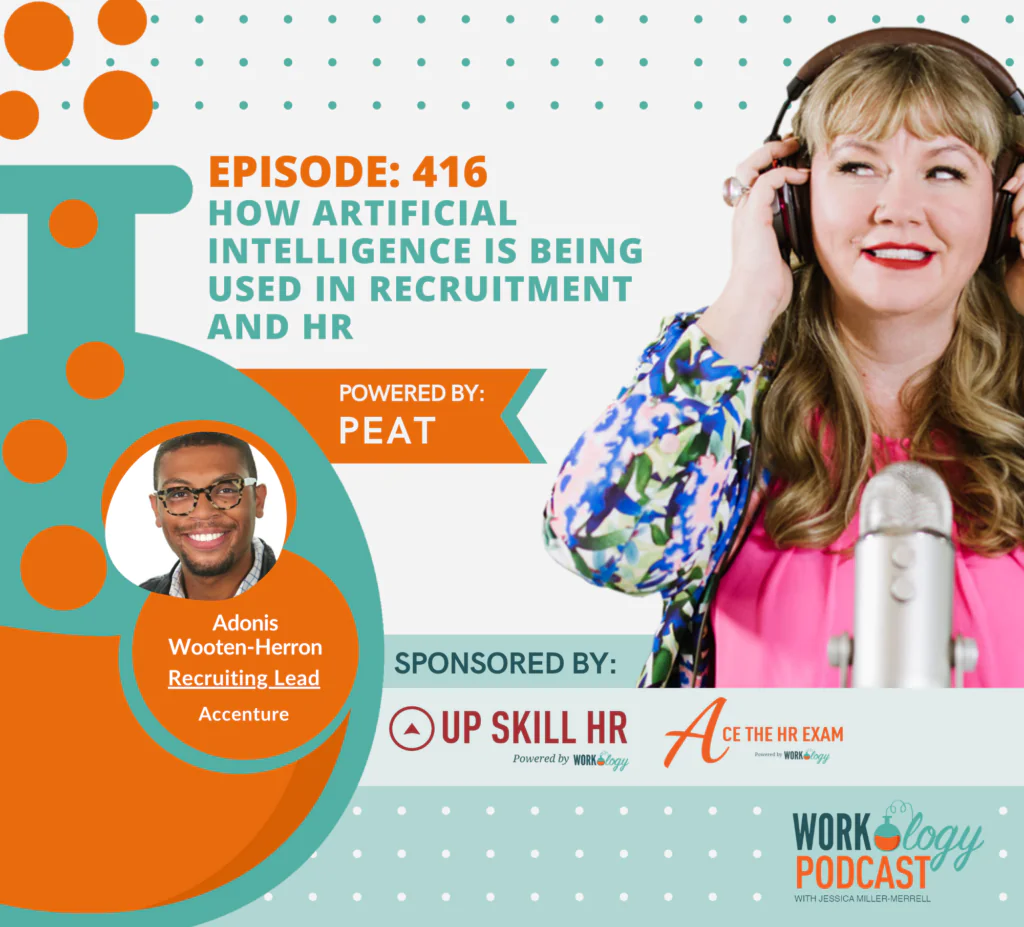New research shows that workplaces where women thrive are workplaces where everyone reports higher levels of satisfaction and support. Great Place to Work and Fortune found that “companies where women are thriving also tend to offer better workplace experiences for all employees.” What’s the difference? These companies had better benefits, better professional development programs and a more equitable pay and promotion schedule.
That is, the changes that most benefit women in the workplace actually make things better for everyone in the workplace – including white men. But in addition to generally better outcomes, groups that are typically underpaid or otherwise marginalized at work – for example LGBTQ men or men of colour and all non-binary people – showed much higher levels of happiness and success in workplaces where women thrive. That’s because many of the structural barriers that make it harder for women in the workplace are the same or similar to the ones that hurt other marginalized groups.
To be sure, not every barrier is the same. White women don’t experience racism. Straight women don’t experience homophobia. Just getting more women into positions of leadership does nothing to solve those problems, or to root out prejudice and unconscious bias in the workplace. But putting fairer structures into place, at the points of hiring, performance review and compensation negotiations increases overall fairness and equity – something that is good for everyone in the organization, employee or manager alike.
There’s this persistent notion that improving things for marginalized groups means making things worse for whoever’s currently on top. Employment programs for new immigrants mean that citizens and long time residents have a harder time finding a job. Gender or race-based quotas in educational institutions and workplaces mean that white men will get squeezed out. But equality isn’t a win-lose scenario. Equality of opportunity means that the best of all groups, not the best of one group, have the chance to prove themselves.
In the same way that collective bargaining by unions can drive up wages for non-union workers, women pushing for better benefits, more flexibility and more transparency and accountability across the board are positive changes that all workers benefit from. The James Damores of the world might not see why parental leave, flex time and diversity hiring goals have immediate benefit to everyone on the team, but I’m sure plenty of men can.
When Women Thrive At Work It’s Good for Everyone
You can find the full list of Best Workplaces for Women 2017 here.







One Comment
“Equality of opportunity means that the best of all groups, not the best of one group, have the chance to prove themselves.” – I love this! I’ve always wanted to say it succinctly like this. It’s not about reaching quotas – it’s about hiring the best person for the job. The best way to do that is to be as objective as possible. This doesn’t mean starting the conversation about diversity and inclusion (which does help but is only part of the solution). It means that you have to take action. Collaborate. Use HR tech. Reduce the probability that these biases will influence hiring decisions. (source: http://bit.ly/2xgKg22)
Thanks for sharing this!
Comments are closed.